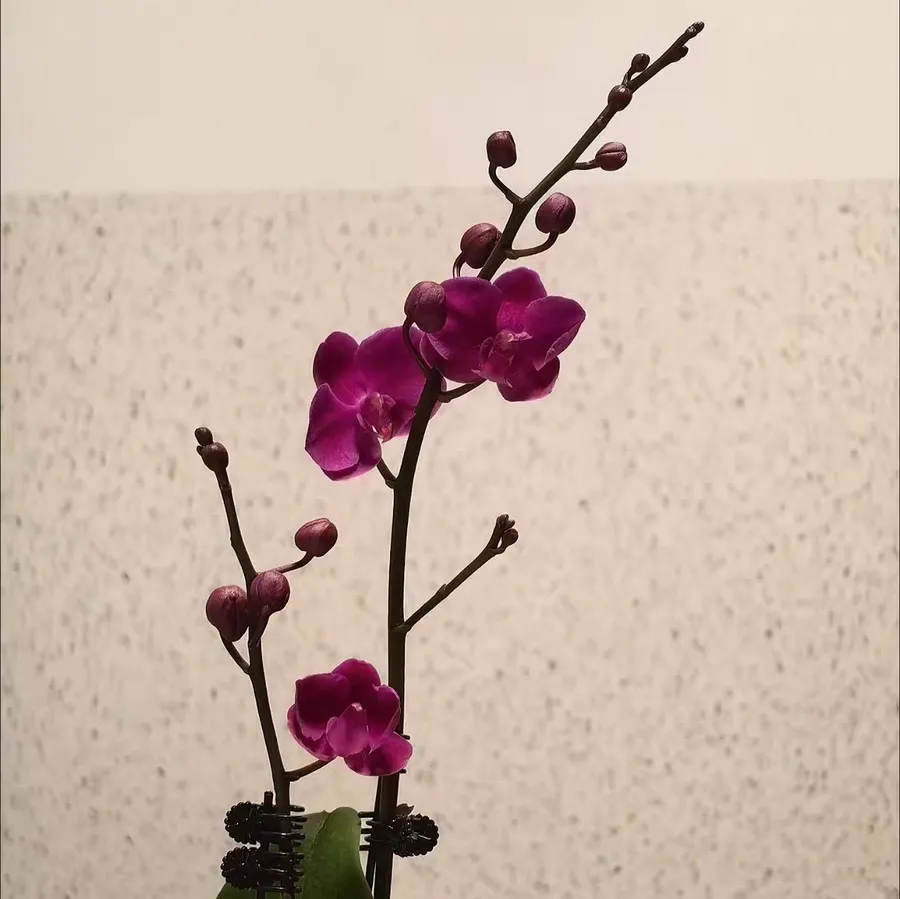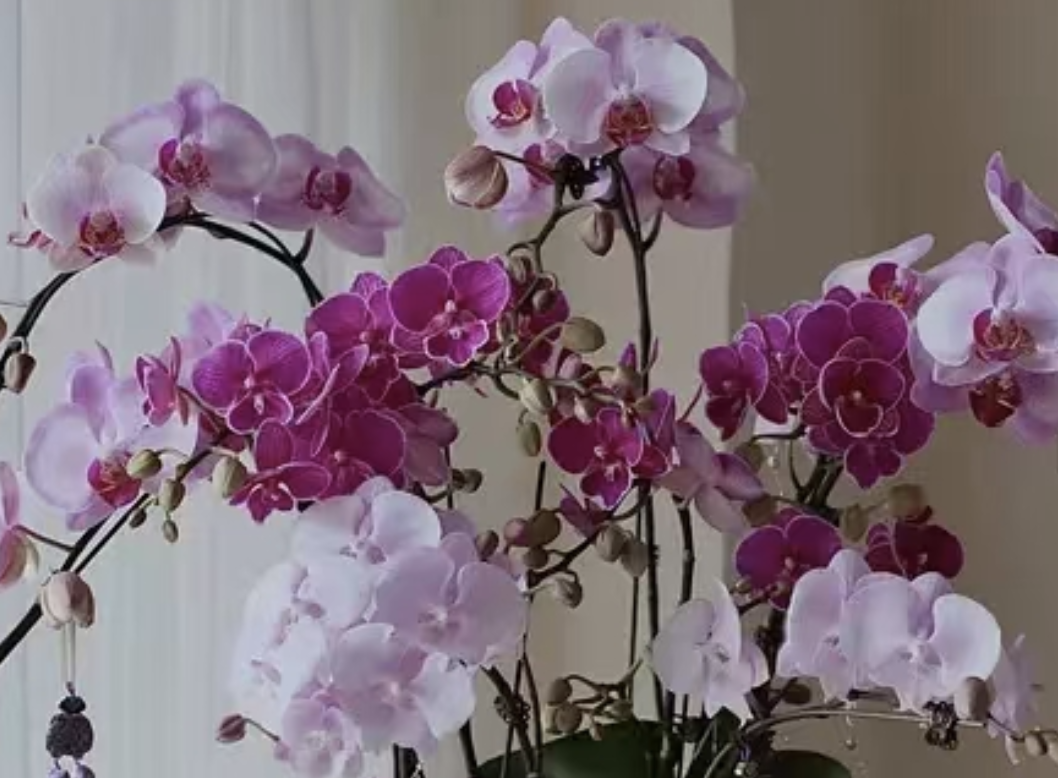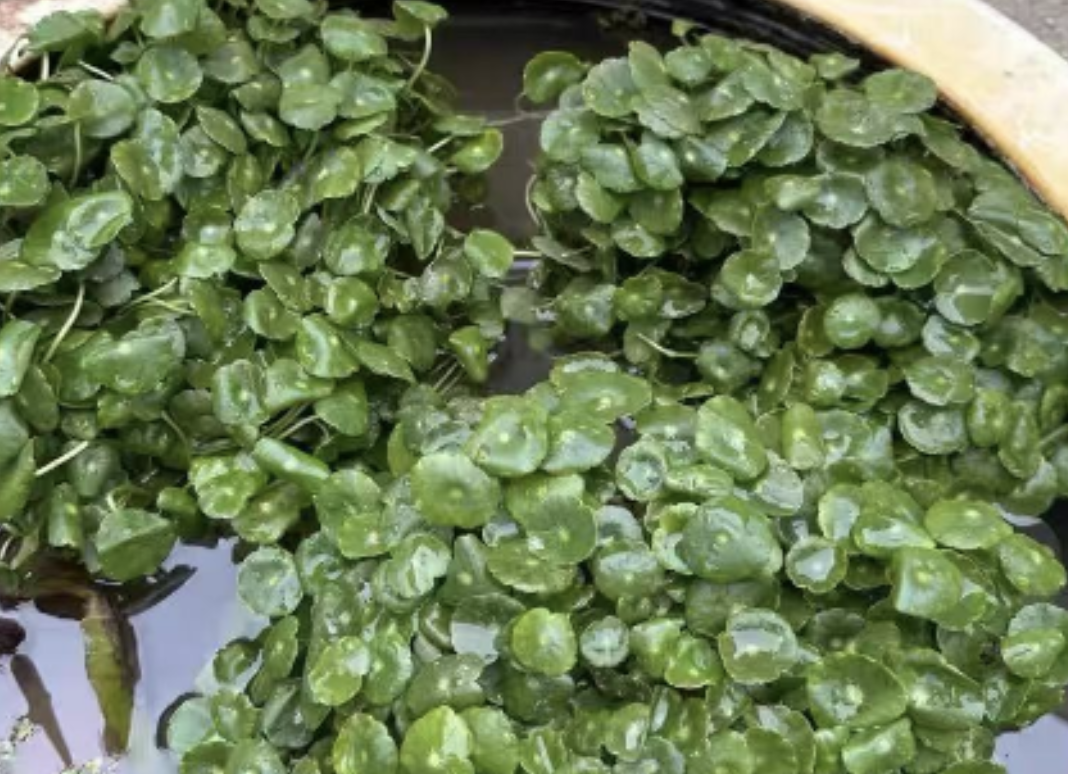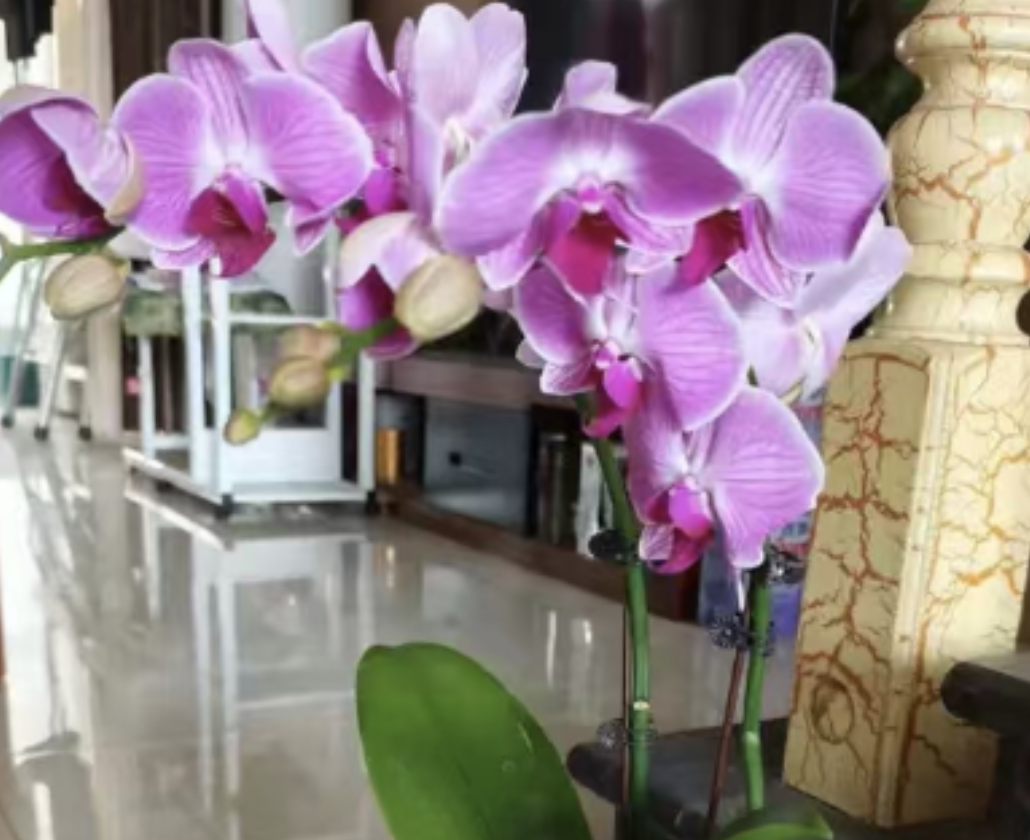One of the most distressing issues when caring for Phalaenopsis orchids in winter is frost damage! It’s truly heart-wrenching to watch their leaves turn from vibrant green to wilted and discolored. But don’t rush to cut off all the damaged leaves in one go—handling methods vary greatly depending on the severity of the frost damage.
### Mild Frost Damage:
If you only notice scattered small water-soaked spots on the leaves, or if the leaf edges are slightly curled and wrinkled but still feel firm to the touch, it’s most likely mild frost damage. At this point, resist the urge to trim the leaves—they can still perform photosynthesis and help the plant store energy!
The treatment is simple: First, move the Phalaenopsis to a warm environment with a temperature of 15-20°C, away from direct cold drafts. Gently wipe the leaves with lukewarm water (around 30°C) to remove any residual ice crystals. Then, reduce light exposure and place it in a spot with ample diffused light, such as a corner of the living room. Avoid overwatering; keep the soil slightly moist, watering about once every 5-7 days. Let it recover slowly, and the leaves may bounce back after some time~
### Moderate Frost Damage:
If the leaves have obviously turned brown, become soft, feel slimy to the touch, or if new buds have stopped growing, it’s moderate frost damage. At this stage, the damaged leaves are beyond saving and may even consume nutrients, so they must be pruned—but there’s a right way to do it, and you can’t cut them all the way down!
First, disinfect your scissors (wipe them with alcohol). Then, cut along the boundary between healthy tissue and the frost-damaged part, retaining the healthy stem segments. Remember to leave 4-5 nodes—these are crucial for future side bud growth. If you cut too aggressively, the plant may lack the energy to produce new buds. After pruning, let the wounds dry, then move the orchid to a warm, well-ventilated area. Avoid splashing water on the wounds when watering, and you should see new buds emerging in about 1-2 weeks.
### Severe Frost Damage:
The most serious case is when the roots or pseudobulbs turn black and rot, with leaves extensively water-soaked and mushy to the touch, making the entire plant look wilted and lifeless. Don’t give up at this point—it might still be salvageable!
Carefully remove the Phalaenopsis from its pot, gently brush off the soil from the roots, and inspect them closely: Healthy roots are white or light green, plump, and elastic, while rotten roots are black, smelly, and crumble when touched. Use disinfected scissors to completely cut off all dead leaves, rotten roots, and blackened pseudobulbs—leave nothing behind to prevent the spread of pathogens. After pruning, place the plant in a well-ventilated area to dry for 1-2 days, ensuring the wounds are fully dry. If there are still many healthy roots left, repot it in fresh, well-draining growing medium. If almost all roots are rotten, try water propagation to encourage new root growth—it might just regrow!
### Winter Care Tips:
In fact, most frost damage to Phalaenopsis occurs due to insufficient保暖. Keep these points in mind during winter care:
- Keep the orchid away from drafty areas like windowsills and door gaps, especially on cold nights, to prevent freezing.
- You can cover the Phalaenopsis with a transparent plastic bag (with a few small holes for ventilation) or place it in an insulated box, ensuring the environment temperature stays above 12°C.
- Watering is best done at noon when temperatures are higher, using water close to room temperature to avoid shocking the roots with cold water.
Should the frozen leaves of Phalaenopsis be cut off?

Share with
Tagged in :




Leave a Reply